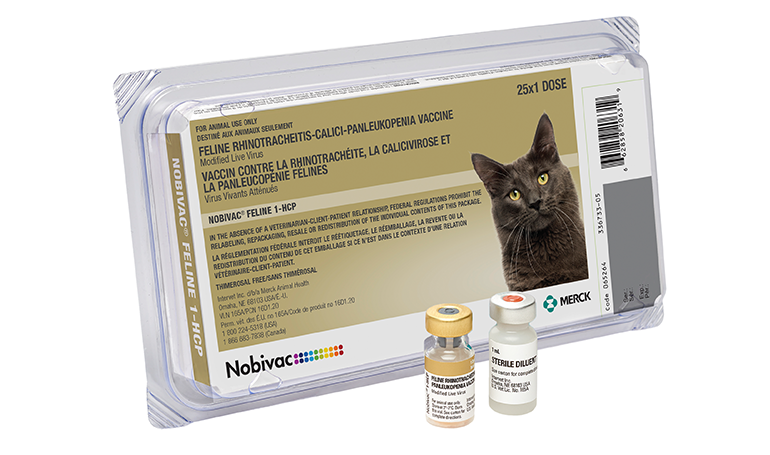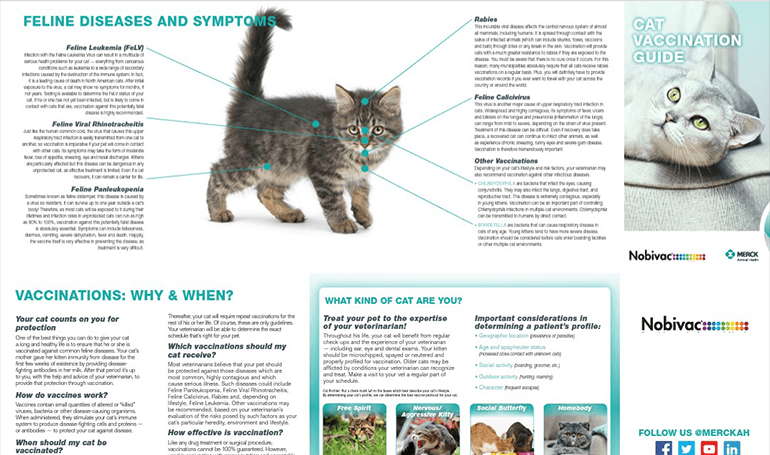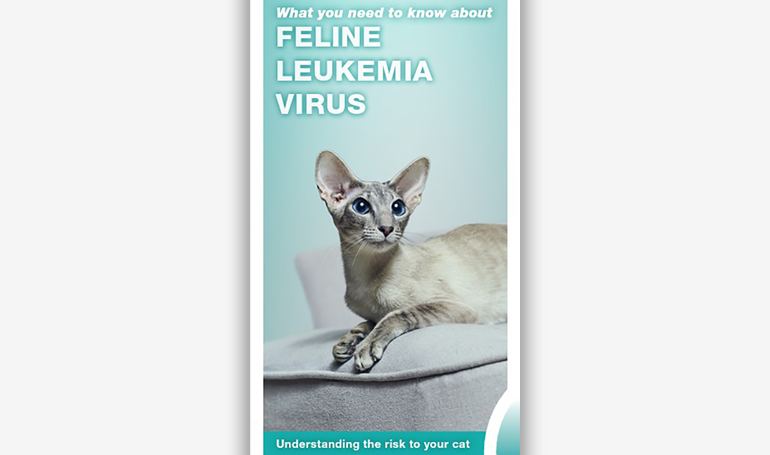

Feline Panleukopenia
Feline panleukopenia is a highly contagious, often fatal, viral disease of cats that is seen worldwide.
Overview | Transmission | Signs | Risk Factors | Outcomes | Spreading | Diagnosis | Vaccines | Resources
Disease Overview
Panleukopenia (sometimes called feline distemper) is a highly contagious, severe infection that causes gastrointestinal, immune system, and nervous system disease.
“Panleukopenia” means a decrease in the number of white blood cells and is caused by a virus (feline parvovirus) that is very similar to the virus that causes parvovirus in dogs.
FELINE PANLEUKOPENIA FAST FACTS
- FPV can cause disease in all felids and in some members of related families (eg, raccoon, mink).
- Feline panleukopenia virus (FPV) can survive at room temperature for up to 1 year and is persistent in the environment.31
- Highly contagious, severe infection that causes gastrointestinal, immune system, and nervous system disease.
TRANSMISSION
Cats are infected oronasally by exposure to infected animals.
- Directly between cats
- Indirectly through
- Shared food and water bowls
- Grooming items
- Humans transmitting through hands, clothing or shoes
CLINICAL SIGNS
- Diarrhea
- Vomiting
- Disinterest in food/water
- Depression
- Low white blood cell count
- Seizures
Physical examination typically reveals profound depression, dehydration, and sometimes abdominal pain. Abdominal palpation—which can induce immediate vomiting—may reveal thickened intestinal loops and enlarged mesenteric lymph nodes.
CATS AT RISK
Cats that interact with other felines are most susceptible:
- Boards often or comes from a shelter environment
- Lives in a multiple cat household
- Is a rescue cat or from a feral cat population
- Indoor/outdoor cats are both at risk
Virtually all susceptible cats are exposed and infected within the first year of life.31 Kittens are affected most severely.
MORBIDITY THREATS
FPV infects and destroys actively dividing cells in bone marrow, lymphoid tissues, intestinal epithelium, and—in very young animals—cerebellum and retina.
Acute cases show fever, depression, and anorexia after an incubation period of 2–7 days. Vomiting usually develops 1–2 days after the onset of fever. Diarrhea may begin a little later but is not always present. Extreme dehydration develops rapidly.
Terminal cases are hypothermic and may develop septic shock and disseminated intravascular coagulation. Peracute cases may die suddenly with little or no warning.
SPREADING DISEASE
Feline panleukopenia virus (FPV) can survive at room temperature for up to 1 year and is persistent in the environment.31
DIAGNOSIS
A presumptive diagnosis is usually based on compatible clinical signs in an inadequately vaccinated cat and the presence of leukopenia. Total WBC counts <2,000 cells/µL are associated with a poorer prognosis.
Diagnosis can sometimes be confirmed using an in-office immunochromatographic test kit intended for detection of fecal CPV antigen. However, fecal antigen is detectable only for a short time after infection and false-negative results are common.
Merck Animal Health Vaccines

NOBIVAC® FELINE 1-HCP
A quality core vaccine shown to be effective for vaccination of healthy cats 9 weeks of age or older against feline rhinotracheitis, calici, and panleukopenia viruses.
ALSO AVAILABLE
Professional Resources and Educational Materials
Keep your clinic and staff informed and aware of diseases and outbreaks.

Feline Vaccination Guide
Brochure
A guide to help your pet parents understand common feline diseases and the importance of customizing vaccination for their pet’s unique lifestyle.

Feline Leukemia Virus
Brochure
Educate your clients about FeLV with this easy to share brochure.
No items to show.

